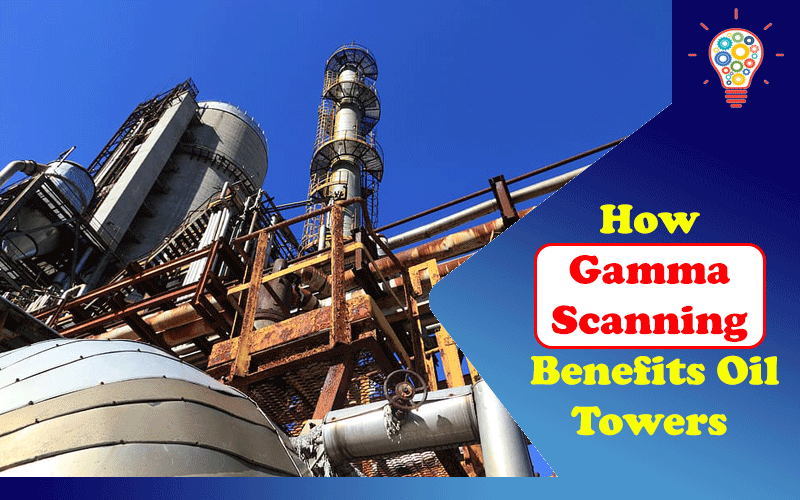Typically you’ll hear about gamma scanning in the medical industry, but recently it has gained momentum in the oil industry.
Oil Rig operators have been discovering that with the use of modern technology, inspection gamma assists them with saving time and money as well as coming up with new techniques to address common and unforeseen issues.
What Exactly Is Gamma And How Does It Work
When the device runs, whether in regular, test, or upset environments, Gamma Scanning technologies supply meaningful intelligence on trayed towers.
A scanning assessment provides more information about tray issues such as flooding, frothing, weeping, and interior disruption.
Scanning technology has advanced to the point that it can quantify total froth volume on single trays. Pilot plant experiments have shown that the scale matches the model’s estimated froth levels.
Inspection gamma technologies are a vital measurement to take when restarting or resuming operations.
If you suspect a problem, scanning can also be used to rapidly and accurately calculate the fluid flow in towers.
That technology offers the potential to save your company a lot of money.
A medical examination Helium analysis is a one-of-a-kind service that detects air infiltration in vacuum rows.
As a result, a scanning study will aid in minimizing downtime, lowering replacement costs, and ensuring the integrity of process systems.
It’s vital that you consult a reputable expert if you want to understand about the trayed towers or packed bed towers.
Data That Is More Accurate Contributes To Better Decisions.
When a distillation column is clean, proven to be in good mechanical condition, and running without issues, benchmark scans are highly recommended.
Prospective column troubleshooting scans that help in identifying subtle modifications are no longer uncertain.
Inspection gamma may be used to study the efficacy of tower renovations, as well as to record the setup of a column and ensure it has survived without injury.
A baseline scan offers an analysis of that same column’s internal components at their healthiest in fouling operations.
The column can be examined over time to track build-up, which can aid in the establishment of operational parameters that can reduce the fouling phase and extend running times.
This will give you a clearer idea when fouling levels are approaching critical levels, allowing you to prepare for outages rather than having to abandon over an urgent basis. As a result, a loss will be reduced.
Inspection gamma helps you to avoid unexpected delays and keep costs under control. You’ll be able to classify columns with procedure problems rather than mechanical issues if you define and establish a turnaround project scope early on.
When you do scans before the turnaround, it enables the columns to be omitted from the overall turnaround kit, saving time, money, and the inconvenience of extending downtime due to emergency tray or even packing orders.
Scroll the blog for more related posts!

